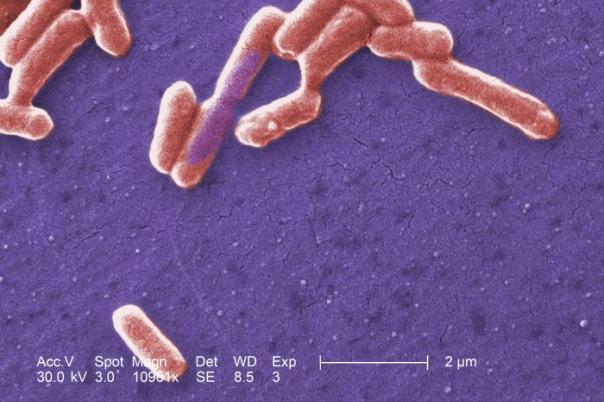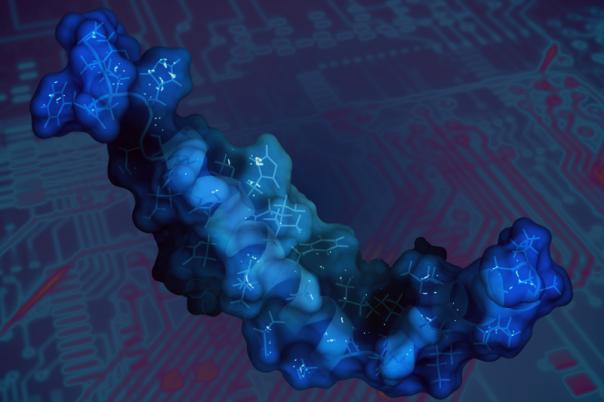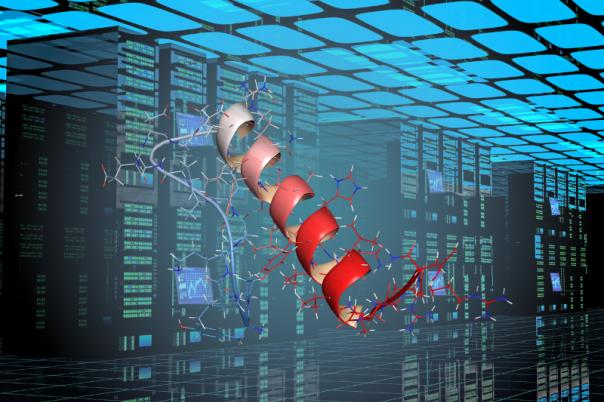Andrew Jamieson, Professor of Chemical Biology at the University of Glasgow, introduced his research which focuses on the design and application of new peptidomimetic chemistry. He has three projects in the works including triazole-based surrogates for disulfide bonds, substrate peptidomimetic, and a new type of stapled peptide called Diyne girder stapled peptide. His talk mainly homed in on focused triazole-based surrogates for disulfide bonds.
Conotoxins are disulfide bond-rich peptides derived from the venom of marine cone snails. The venom contains hundreds of different peptides that can be divided based on their structure and biological target. There are no known antidotes to conotoxins.
Jamieson and his group are interested in Alpa G1, a conotoxin that is a selective competitive antagonist of muscle-type nicotinic acetylcholine receptor. They believe that this compound could be developed into a potent muscle relaxant and this action can be reversed through the use of acetylcholine esterase inhibitor.
The initial aim was to chemically synthesise alpha G1 and understand how conotoxins interact with the receptor. Also, Jamieson wanted to develop a medical countermeasure against conotoxin and peptides in a manner that could be transferred to other toxins.
Regarding the synthesis process, in collaboration with DSTL, the team examined the bioactivity of three alpha G1 isomers and their reactions against human receptors expressed in human cells. The team successfully synthesised Alpha G1 and its isomers, finding that the globular conotoxin was extremely potent against human receptors expressed in human cells.
Next, Jamieson wanted to delve into the role of disulphide bonds: are they just molecular scaffolding to induce the bioactive confirmation or do they play a role in binding? A series of experiments showed that conotoxins are relatively stable peptides. Replacing certain disulfide bonds with surrogates resulted in a loss of activity, while others maintained comparable activity to the native conotoxin.
Further studies with NMR and Cryo-EM techniques were used to solve the structure of Alpha G1 bound to the acetylcholine receptor. The structure revealed that there were two conotoxins bound to the acetylcholine receptor at different binding sites with varying affinities.
The overlay of the NMR and cryo-EM unveiled a unique discovery; Jamieson said: “We previously hypothesised maybe our peptides containing disulfide bonds could interact with the receptors, undergo disulfide bond shuffling, and covalently link to the receptors. But we could never get any evidence for this and this was the first evidence that this could be real.”
Exploring countermeasures against conotoxins leveraged mRNA display methods. This technique uncovered cyclic peptides that will bind to the conotoxin which could block the conotoxin binding to the receptor. Jamieson’s future work seeks to further investigate the disulphide bond shuffling mechanism.





